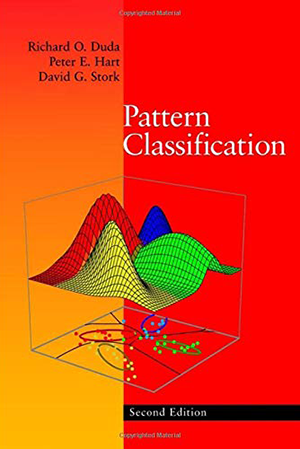
Library
Machine Learning
Phil Winder
Reinforcement Learning: Industrial Applications of Intelligent Agents
Reinforcement learning (RL) will deliver one of the biggest breakthroughs in AI over the next decade, enabling algorithms to learn from their environment to achieve arbitrary goals. This exciting development avoids constraints found in traditional machine learning (ML) algorithms. This practical book shows data science and AI professionals how to learn by reinforcement and enable a machine to learn by itself. Author Phil Winder of Winder Research covers everything from basic building blocks to state-of-the-art practices. You'll explore the current state of RL, focus on industrial applications, learn numerous algorithms, and benefit from dedicated chapters on deploying RL solutions to production. This is no cookbook; doesn't shy away from math and expects familiarity with ML.
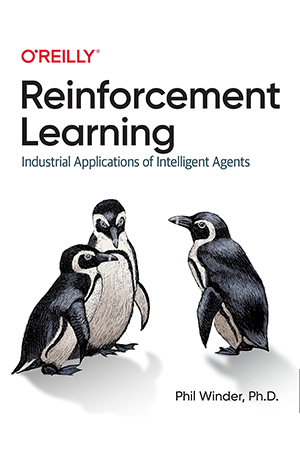
Teuvo Kohonen
Self-Organization and Associative Memory
Two significant things have happened since the writing of the first edition in 1983. One of them is recent arousal of strong interest in general aspects of neural computing, or neural networks, as the previous neural models are nowadays called. The incentive, of course, has been to develop new com puters. Especially it may have been felt that the so-called fifth-generation computers, based on conventional logic programming, do not yet contain in formation processing principles of the same type as those encountered in the brain. All new ideas for the neural computers are, of course, welcome. On the other hand, it is not very easy to see what kind of restrictions there exist to their implementation. In order to approach this problem systematically, cer tain lines of thought, disciplines, and criteria should be followed. It is the pur pose of the added Chapter 9 to reflect upon such problems from a general point of view. Another important thing is a boom of new hardware technologies for dis tributed associative memories, especially high-density semiconductor circuits, and optical materials and components. The era is very close when the parallel processors can be made all-optical. Several working associative memory archi tectures, based solely on optical technologies, have been constructed in recent years. For this reason it was felt necessary to include a separate chapter (Chap. 10) which deals with the optical associative memories. Part of its con tents is taken over from the first edition.
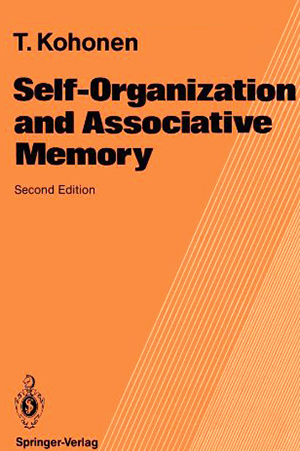
Aurélien Géron
Hands-On Machine Learning with Scikit-Learn, Keras, and TensorFlow
Through a series of recent breakthroughs, deep learning has boosted the entire field of machine learning. Now, even programmers who know close to nothing about this technology can use simple, efficient tools to implement programs capable of learning from data. This practical book shows you how. By using concrete examples, minimal theory, and two production-ready Python frameworks—Scikit-Learn and TensorFlow—author Aurélien Géron helps you gain an intuitive understanding of the concepts and tools for building intelligent systems. You’ll learn a range of techniques, starting with simple linear regression and progressing to deep neural networks. With exercises in each chapter to help you apply what you’ve learned, all you need is programming experience to get started. Explore the machine learning landscape, particularly neural nets Use Scikit-Learn to track an example machine-learning project end-to-end Explore several training models, including support vector machines, decision trees, random forests, and ensemble methods Use the TensorFlow library to build and train neural nets Dive into neural net architectures, including convolutional nets, recurrent nets, and deep reinforcement learning Learn techniques for training and scaling deep neural nets
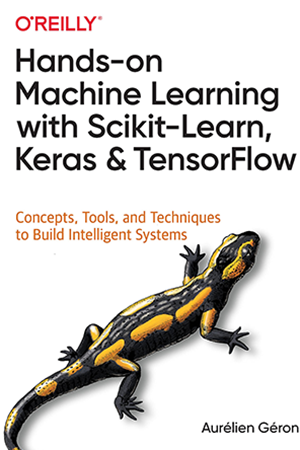
Richard S. Sutton
Reinforcement Learning, second edition
The significantly expanded and updated new edition of a widely used text on reinforcement learning, one of the most active research areas in artificial intelligence. Reinforcement learning, one of the most active research areas in artificial intelligence, is a computational approach to learning whereby an agent tries to maximize the total amount of reward it receives while interacting with a complex, uncertain environment. In Reinforcement Learning, Richard Sutton and Andrew Barto provide a clear and simple account of the field's key ideas and algorithms. This second edition has been significantly expanded and updated, presenting new topics and updating coverage of other topics. Like the first edition, this second edition focuses on core online learning algorithms, with the more mathematical material set off in shaded boxes. Part I covers as much of reinforcement learning as possible without going beyond the tabular case for which exact solutions can be found. Many algorithms presented in this part are new to the second edition, including UCB, Expected Sarsa, and Double Learning. Part II extends these ideas to function approximation, with new sections on such topics as artificial neural networks and the Fourier basis, and offers expanded treatment of off-policy learning and policy-gradient methods. Part III has new chapters on reinforcement learning's relationships to psychology and neuroscience, as well as an updated case-studies chapter including AlphaGo and AlphaGo Zero, Atari game playing, and IBM Watson's wagering strategy. The final chapter discusses the future societal impacts of reinforcement learning.
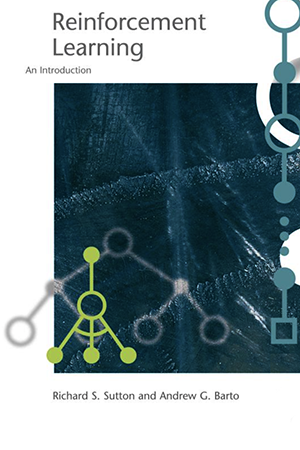
Kevin P. Murphy
Machine Learning
A comprehensive introduction to machine learning that uses probabilistic models and inference as a unifying approach. Today's Web-enabled deluge of electronic data calls for automated methods of data analysis. Machine learning provides these, developing methods that can automatically detect patterns in data and then use the uncovered patterns to predict future data. This textbook offers a comprehensive and self-contained introduction to the field of machine learning, based on a unified, probabilistic approach. The coverage combines breadth and depth, offering necessary background material on such topics as probability, optimization, and linear algebra as well as discussion of recent developments in the field, including conditional random fields, L1 regularization, and deep learning. The book is written in an informal, accessible style, complete with pseudo-code for the most important algorithms. All topics are copiously illustrated with color images and worked examples drawn from such application domains as biology, text processing, computer vision, and robotics. Rather than providing a cookbook of different heuristic methods, the book stresses a principled model-based approach, often using the language of graphical models to specify models in a concise and intuitive way. Almost all the models described have been implemented in a MATLAB software package—PMTK (probabilistic modeling toolkit)—that is freely available online. The book is suitable for upper-level undergraduates with an introductory-level college math background and beginning graduate students.
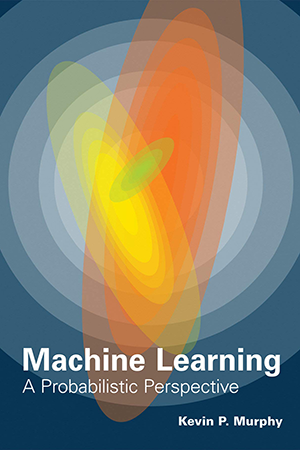
Richard O. Duda
Pattern Classification
The first edition, published in 1973, has become a classicreference in the field. Now with the second edition, readers willfind information on key new topics such as neural networks andstatistical pattern recognition, the theory of machine learning,and the theory of invariances. Also included are worked examples,comparisons between different methods, extensive graphics, expandedexercises and computer project topics. An Instructor's Manual presenting detailed solutions to all theproblems in the book is available from the Wiley editorialdepartment.
